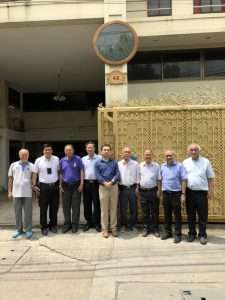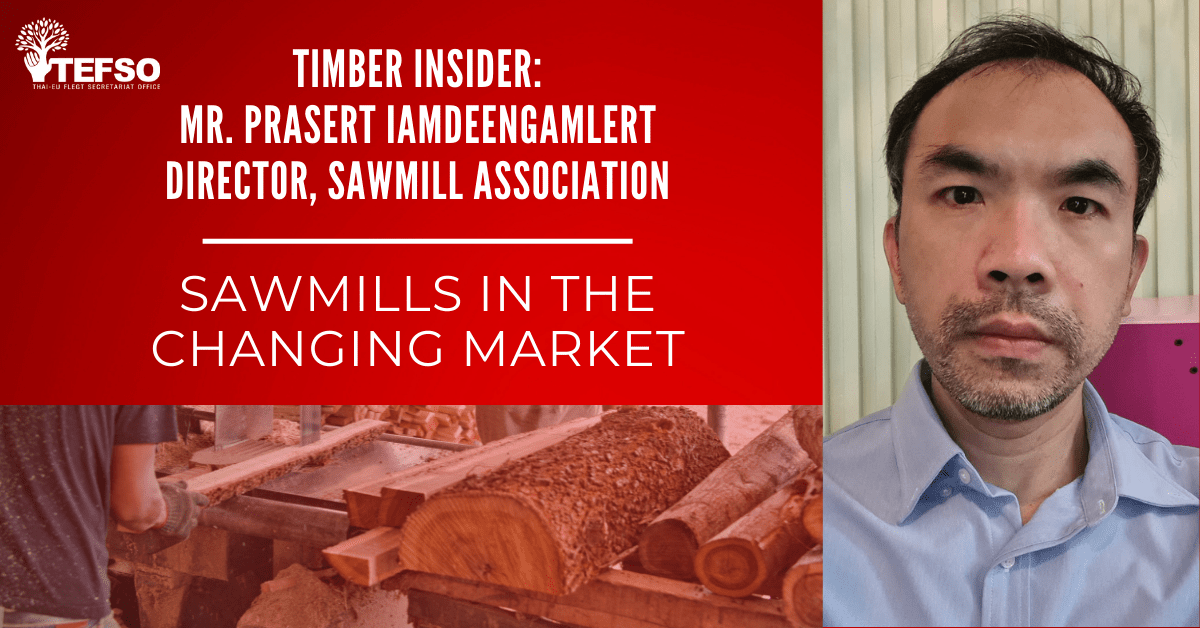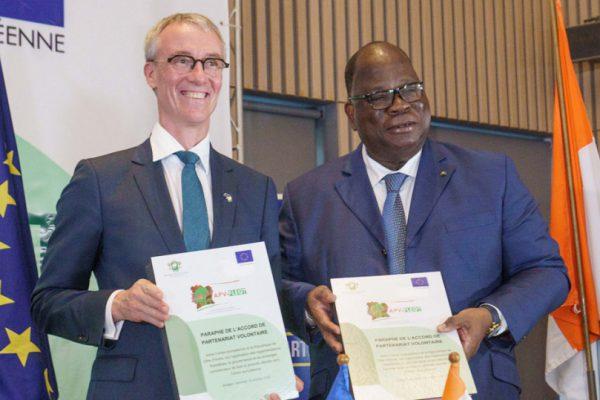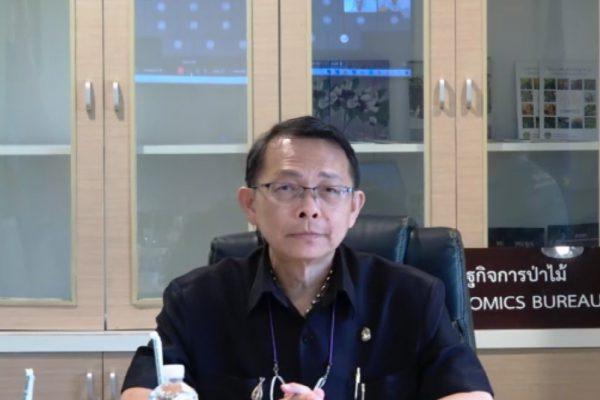A sawmill is a place of primary processing where timber was turned into lumber readied to be further processed into a final product. Sawmill plays an essential role in the timber supply chain and is a source of income for many people in the Thai forest sector. However, the industry faces challenges from policy change and shifting market demand, resulting in the downsizing of a once-thriving industry. We sat down with Mr. Prasert Iamdeengamlert, President of the Sawmill Association, to discuss the current ongoing in the sawmill industry.
 History of the Sawmill Association
History of the Sawmill Association
Fifty years ago, a group of sawmill operators found this association. At that time, teak was one of the leading export from Thailand as the country allowed concession of teak, and the law on teak export was more relaxed. Many operators entered the sawmill business during the teak boom and built their facilities with the primary goal of processing teak. The golden age of teak trading and export was cut short in the 1990s when Thailand made a 180-degree change on teak policy; teak concession was terminated, and teak became a restricted species meaning the tightening control on harvesting, processing, trading and exporting. Currently, the Sawmill Association has 30 members; most are SMEs.
Sawmill and the shifting production and market demand
A u-turn on teak policy, change in market demand, decreasing labor supply and high production cost are the key reasons that drive operators to downsize their businesses.
‘During the time of teak concession, we could source high-quality teak from suppliers in the country; after it was abolished, we turned to Myanmar. But later, Myanmar also tightened its control on teak export; nowadays we have to import teak from countries in Latin-America and Africa’ – Mr. Prasert Iamdeengamlert said.
When asked about teak from plantations in Thailand, Mr. Prasert claimed that ‘We use this group of timber too; however, the quality of planted teak with a short harvest time around 20 – 30 years does not match the customers’ expectation who always demand the highest quality as teak is a premium product. To get good quality teak, you need to plant teak for at least 50 years; many farmers, once they sold the whole teak plantation, would change to plant other trees because they can make a return faster.’
 Diminishing labor supply and high production cost also affect the industry.
Diminishing labor supply and high production cost also affect the industry.
‘Supply of labor is decreasing because teak mills require skilled workers, our production now relies on the offspring of the old workers, but if they find a better opportunity, they will go because the work is harsh; it is labor-intensive, the mill is loud, it’s not an easy job.’
‘High production cost is also an obstacle for the business; timber processing has a high volume of production waste, say if you want a 100 cubic meters of lumber, you will need 200 cubic meters for processing, sometimes we have to cancel an order altogether because the profit doesn’t worth the production cost.’
‘A disadvantage of wood to synthetic materials is that wood cannot be mass produced so it is more time consuming and required higher cost to produce, the amount of final product is also far lower.’.’
‘In reality, the shifting market demand put a tremendous blow on the industry too, nowadays buildings and equipment all use synthetic material, only window frame and door frame where we can still see wood being used.’
Mr. Prasert admitted that members of the association still do not have a long-term plan. For the time being, they have to rely on imported teak. Some mills decided to expand to secondary processing to produce compound wood. Some even turned into traders acting as a middleman sourcing imported lumber to supply orders in Thailand.
Roles of sawmill in supply chain control
Through years of experience in the timber industry, sawmills are familiar with supply chain and legal control. For imported timber, mills will follow all the customs requirements; a joint inspection between forest officer and customs officer and issuance of transport permit. All transport points are recorded until timber enters the secondary processing place, where responsibility for the supply chain is transferred from the primary to the secondary mill. For Timber from a plantation registered with the Plantation Act, the mill will follow whatever the Act requires. Aside from the legal requirement, mills will conduct a risk assessment and mitigation such as the preference to buy from a trusted seller, document collection, and field visit.
When asking about the current control system with the deregulation of trees on private land and designated public land, Mr. Prasert sees that ‘admittedly many mills are still confused on what to do exactly, we are still unclear whether which trees from which types of lands required what documents or none at all, nowadays to be on the safe side, we will do a risk assessment and mitigation, and then make a notice to the officer just in case.’
 Misinterpreting law and ineffective legal enforcement
Misinterpreting law and ineffective legal enforcement
Mr. Prasert reflected on why the legal requirement for timber is unclear. ‘This mostly stemmed from an unclear legal text and lack of information on the law, resulting in a misunderstanding amongst operators and authorities.’ Mr. Prasert thinks that providing clear instruction on what to do could solve this issue. ‘I’d like to see a clear guideline being produced so that operators and authorities don’t have to use their judgment when interpreting the law.’ Communication regarding the legal amendment and new legislation also need to be sent to operators and officers. ‘there are many version of legal amendments, and operators are confused whether which version is effective and which version is not; I’ve seen several cases when authorities themselves misunderstood the law and conduct a wrongful search.’
 Sawmill Association and its attempt on legal development
Sawmill Association and its attempt on legal development
‘Sawmill Association has always been active in a push for legal amendment for more than 30 years since the previous president. Afterward, we worked with the Timber Association and the Thai Chamber of Commerce. However, our attempt did not go as far. Admittedly, because of the public perception of sawmills as a bunch of capitalists, it was seen as an attempt at profiteering when we called for a legal amendment. Not until 4-5 years ago that we started to see our attempt gain momentum.’
On this, Mr. Prasert thinks that FLEGT VPA has played a significant role in the legal development. ‘FLEGT VPA has helped to advance the legal amendment; I see that because FLEGT VPA opened a platform for every sector to come together to exchange views, this has resulted in the better understanding of different parties and changing in perception towards one another, in the FLEGT VPA working group, the sawmill is no longer being seen as the profiteering middle man, we now see each other as parts of essential actors in the timber industry, the advancement of the forest sector needs everyone from farmers, mills, traders, and authorities’



